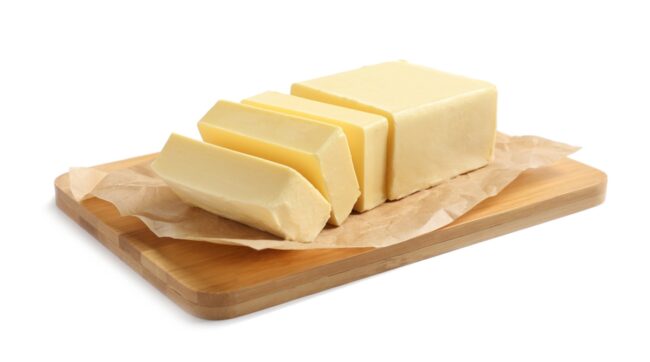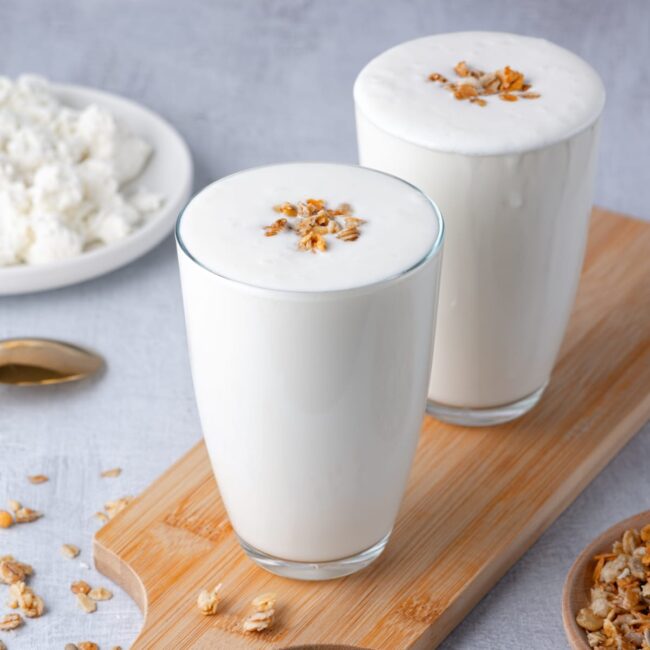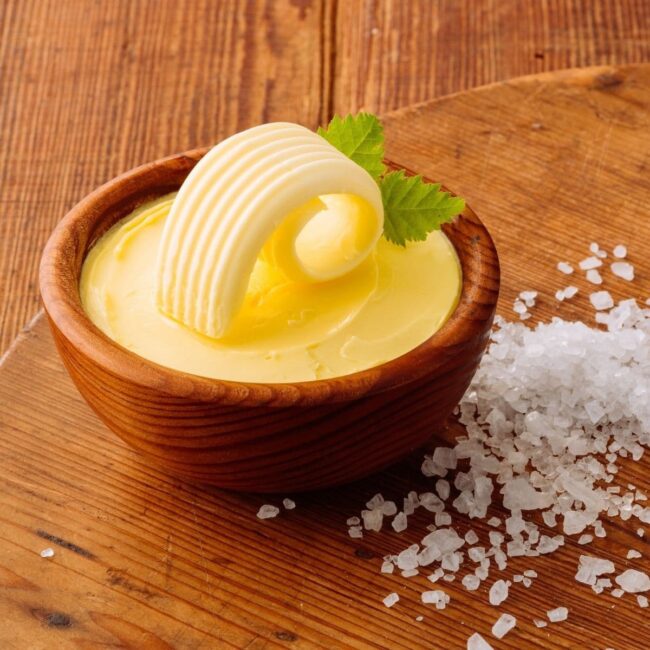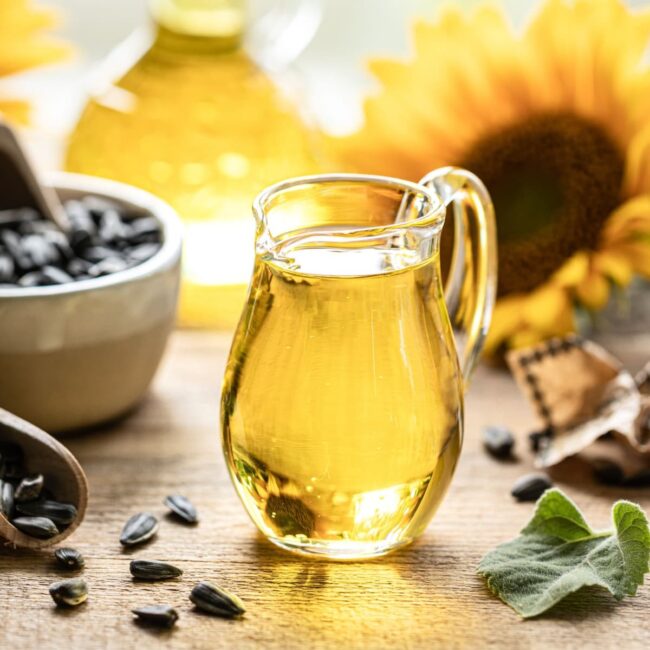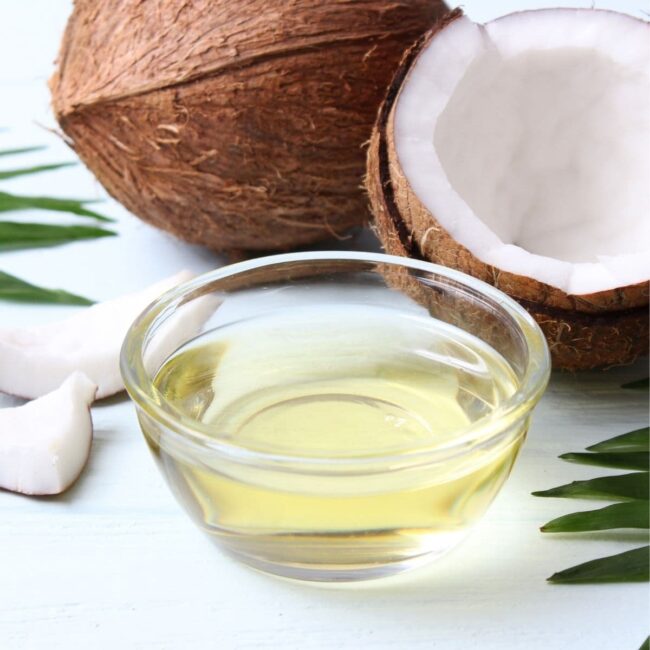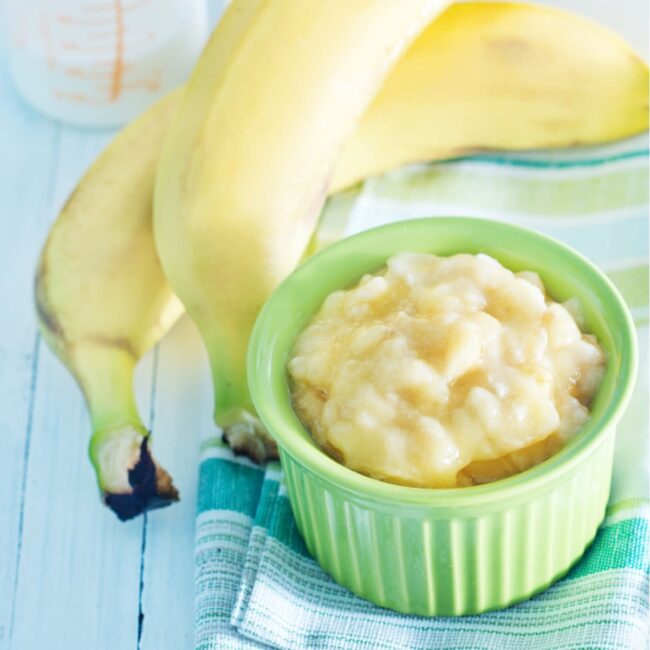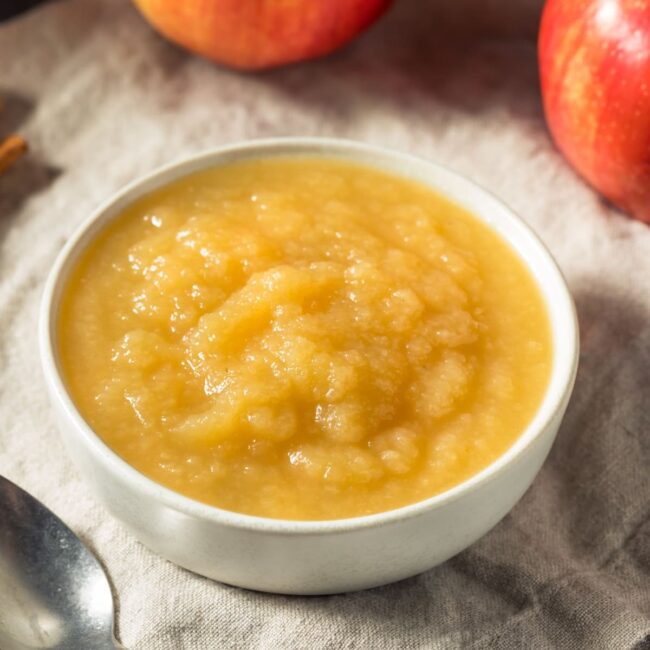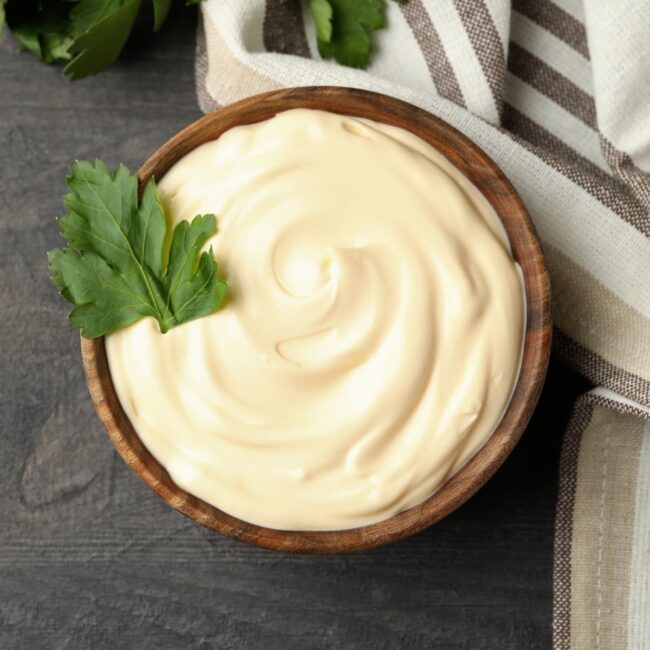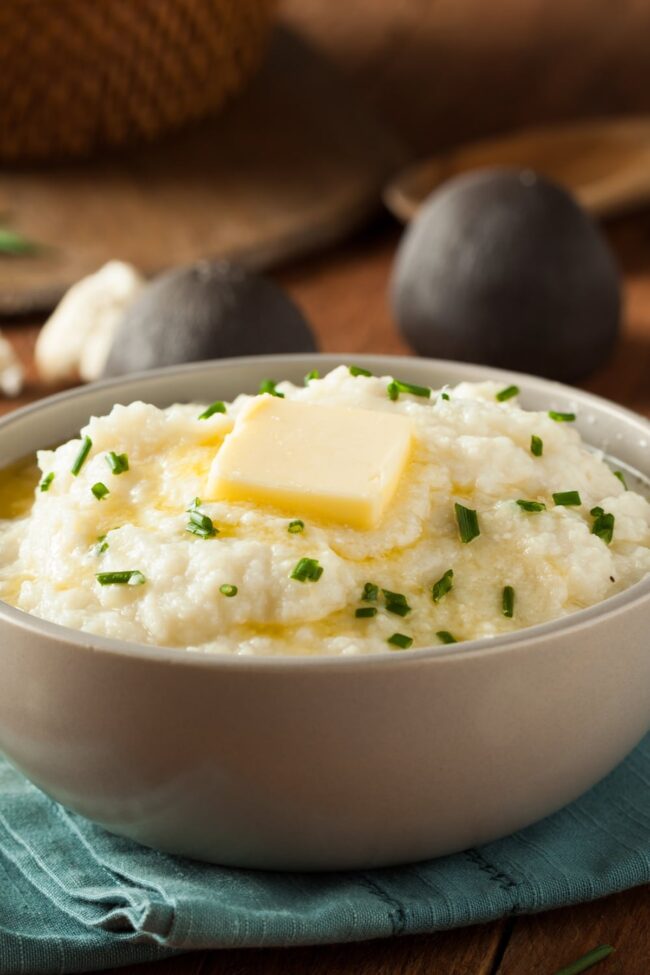18 Smart Vegetable Oil Substitutes for Fudgy Brownies
Vegetable oil substitutes for brownies ensure the same moist texture while adding unique flavors and health benefits. Some options bring a mild, neutral taste, while others enhance the richness with subtle sweetness.
The best choice depends on the desired consistency and dietary preferences. A few alternatives provide extra moisture, while others create a slightly denser crumb.
Some replacements work best in specific brownie recipes, giving a softer or chewier bite. If you need a great swap, these 18 substitutes for vegetable oil in brownies will keep your dessert delicious:
Why Replace Vegetable Oil?
When making brownies, opting for substitutes instead of vegetable oil opens up a world of possibilities. Here’s why it might be worth considering alternatives:
Best Dairy-Based Ingredient Substitutes
These dairy alternatives help maintain creamy textures and rich flavors in cooking and baking.
Flavor and Texture
Butter serves as a fantastic alternative to vegetable oil in brownie recipes, offering a luxurious and creamy flavor that elevates the overall taste.
With its rich fat content, butter not only contributes to enhanced moisture but also creates a tender texture that many bakers desire.
Nutritionally speaking, while it contains more saturated fats than vegetable oil, butter brings vitamins A, D, E, and K along with trace minerals like calcium into your treats.
When swapping out oils for butter in your brownies, it's crucial to maintain balance by adjusting the recipe's total fat content based on dietary considerations you might have.
To achieve optimal results when using melted butter: ensure even distribution throughout the batter for consistent baking and enhance flavors by slightly increasing salt.
Yogurt
Yogurt serves as a fantastic dairy-based alternative to vegetable oil in brownies, enhancing the texture with its moisture while adding health benefits. Packed with calcium and protein, this ingredient not only contributes creaminess but also supports nutritional value.
Simply swap out an equal measure of vegetable oil for plain yogurt to achieve delightful results in your baking endeavors. The outcome is rich and satisfying without sacrificing wellness, making it an ideal choice for those seeking balance in their treats.
This simple adjustment can transform your favorite brownie recipe into something you feel good about enjoying.
Greek Yogurt
Greek yogurt serves as an excellent substitute for vegetable oil in brownies, enhancing the texture while boosting protein levels. Its creamy richness transforms baked goods, providing a delightful moistness that complements chocolate flavors beautifully.
Swapping out vegetable oil with Greek yogurt not only adds nutrients such as calcium but also reduces overall fat content without sacrificing taste. Simply measure equal parts of Greek yogurt to replace the specified amount of oil in your recipe and enjoy the delicious results that follow.
This option opens up new avenues for healthier baking without compromising on flavor or consistency.
Buttermilk
Buttermilk serves as an adaptable dairy-based alternative that enhances brownie recipes by replacing vegetable oil. This ingredient brings a notable acidity, ensuring brownies remain moist while cutting down on any unwanted greasiness from oils.
When using buttermilk instead of oil, simply match the amount and make adjustments to your baking soda or powder to balance its tangy nature in the mix. Not only does this method enrich flavor, but it also contributes to a wonderfully tender crumb that makes every bite enjoyable for you and those who share them with you.
Incorporating this substitute can transform your classic treats into something extraordinary without extra effort.
Margarine
Margarine serves as an excellent substitute for vegetable oil in brownie recipes, thanks to its comparable consistency and fat content. It provides a dairy-free alternative that still delivers on taste and texture.
Melt the same quantity of margarine as you would vegetable oil before mixing it into your batter for optimal results. Understanding the characteristics of margarine is crucial; it helps achieve that rich, moist finish we all love in brownies while avoiding any dairy ingredients.
This swap allows those with dietary restrictions to enjoy a classic treat without sacrificing quality or flavor.
Healthy and Flavorful Oil Substitutes
Need an alternative to cooking oil? These options offer healthier and flavorful replacements.
Peanut Oil
Peanut oil serves as an excellent substitute for vegetable oil in brownie recipes, infusing a subtle nutty flavor that can enhance the overall taste. Its higher smoke point allows for faster baking, which is something to keep in mind when timing your brownies.
Using this option ensures you maintain moisture while introducing a rich undertone that pairs well with chocolate. Opting for peanut oil means adjusting your expectations regarding flavor; it may not appeal to everyone’s palate but offers a delightful twist nonetheless.
Substituting is straightforward, just use equal parts of peanut oil in place of other oils without compromising the outcome. You might find this alternative adds an exciting dimension to your favorite dessert creations.
Canola Oil
Canola oil serves as an excellent alternative to vegetable oil, especially when baking brownies. Its mild taste and comparable fat content help preserve the desired texture and moisture in your treats.
When making a swap, simply replace the amount of vegetable oil called for with canola oil in your recipe. This choice not only enhances the flavor subtly but also supports a light finish that complements rich chocolate perfectly.
You'll find this option is both effective and versatile for various baked goods beyond just brownies.
Sunflower Oil
Sunflower oil serves as a versatile substitute for vegetable oil, particularly in baking brownies. Its mild flavor enhances rather than overshadows your sweet creations, allowing the chocolate to shine through beautifully.
When you switch it out, simply measure equal parts sunflower oil to replace the vegetable oil called for in your recipe. This ingredient not only contributes moisture but also offers a healthier fat option with beneficial nutrients.
Incorporating this alternative can transform your baked goods while maintaining their delightful taste and texture seamlessly.
Avocado Oil
Avocado oil serves as an exceptional alternative to traditional vegetable oils in brownie recipes, introducing a smooth texture and health benefits. Rich in monounsaturated fats and vitamin E, this oil contributes not only to the flavor profile but also enhances nutritional content.
With its mild yet distinctive nutty undertone, avocado oil can subtly elevate your baked goods without overpowering them. To seamlessly incorporate it into your brownies, simply replace the regular oil with an equal amount of avocado oil for consistent results.
This choice allows you to enjoy deliciously moist brownies while making a healthier cooking decision that aligns well with modern dietary preferences.
Coconut Oil
Coconut oil serves as a fantastic alternative to vegetable oil in brownie recipes, bringing its own unique qualities to the table. When melted and measured at an equal ratio, it seamlessly replaces traditional oils while imparting a subtle coconut flavor that complements chocolate beautifully.
You may notice a slight shift in texture with this substitution, adding richness that elevates the overall experience. This versatile ingredient not only promotes moisture but also offers potential health benefits compared to standard vegetable options.
Incorporating coconut oil into your baking can transform ordinary brownies into something truly memorable without complicating the process.
Olive Oil
Olive oil serves as an excellent substitute for vegetable oil in brownie recipes, offering a unique richness that enhances the texture. Opting for light or extra-light olive oil ensures a more subdued flavor profile, allowing the chocolate to shine through without overpowering it.
This versatile ingredient can be easily swapped at a one-to-one ratio; simply replace each cup of vegetable oil with an equal amount of olive oil. Using this alternative not only adds depth but also brings some heart-healthy benefits to your baked goods.
Many find that incorporating olive oil elevates their brownies to new levels of deliciousness and moisture while maintaining simplicity in preparation.
Fruit-Based Replacements for Recipes
These fruit substitutes provide natural sweetness and acidity in both desserts and savory dishes.
Prune Puree
Prune puree serves as a creative alternative to vegetable oil in brownies, introducing natural sweetness and moisture. By blending equal parts prunes with water until smooth, you create a rich substitute that enhances texture while reducing fat content.
When substituting, simply use the same quantity of prune puree for oil in your recipe. While this ingredient may lend a mild prune flavor to your treats, many appreciate its unique taste profile.
This option not only contributes to deliciously moist brownies but also packs an additional boost of nutrients without compromising on quality.
Mashed Banana
Mashed banana serves as a fantastic alternative to vegetable oil in brownie recipes, enhancing moisture while imparting natural sweetness. When opting for this substitution, the one-to-one ratio makes it easy; simply swap out the oil for an equal measure of mashed bananas.
For instance, if your recipe requires half a cup of oil, just use half a cup of mashed bananas instead. Keep in mind that this choice introduces a gentle hint of banana flavor into your brownies.
The result is rich and slightly fruity treats that stand out from traditional versions without compromising texture or taste.
Other Fruit Purees
Fruit purees serve as excellent alternatives to oil in brownie recipes, introducing moisture and unique flavors. Pear puree, crafted from cooked and blended pears, offers a subtle sweetness while maintaining the brownies' tender texture.
Pumpkin puree not only brings warmth but also enhances richness with its earthy notes when swapped in equal measure for oil. Ripe avocado transformed into smooth puree provides creaminess alongside a hint of flavor that melds beautifully into chocolatey treats.
Adjusting your recipe with these fruit-based substitutes can lead to delightful discoveries about taste and texture variations tailored just for you; experimenting is part of the fun here!
Applesauce
Applesauce serves as an excellent fruit-based alternative to vegetable oil in brownie recipes, delivering moisture while cutting down on added fats. Utilizing unsweetened applesauce is ideal, ensuring the sweetness remains balanced without unnecessary sugar.
A straightforward 1:1 ratio makes for easy substitutions; replace half a cup of oil with an equal amount of applesauce. The subtle apple flavor it imparts can enhance or alter the final taste based on your preference.
This swap not only lightens up brownies but also introduces a hint of natural fruitiness that many find appealing. You’ll appreciate how simple adjustments can create deliciously moist treats with fewer calories and fat content.
Unexpected Ingredient Swaps That Work
These unusual ingredient replacements may surprise you, but they work just as well in many dishes.
Mayonnaise
Mayonnaise serves as a surprising alternative to vegetable oil in brownie recipes. This unexpected ingredient introduces an extra layer of moisture and richness, enhancing the overall texture.
When substituting, you can easily swap equal amounts of mayonnaise for vegetable oil without any fuss. The inclusion of egg and vinegar in mayonnaise adds subtle complexity to the flavor profile, resulting in brownies that are uniquely satisfying.
You’ll find this twist not only intriguing but also effective for achieving a fudgy consistency that's hard to resist.
Vegan-Friendly Options
Vegan-friendly options for baking brownies provide delicious alternatives to traditional vegetable oil, enhancing both texture and flavor. Applesauce serves as a fantastic substitute, offering moisture along with a hint of natural sweetness when used in equal measure.
Coconut oil stands out due to its rich fat content, delivering a comparable consistency while imparting a subtle coconut essence that can elevate your dessert experience. Mashed avocado introduces creaminess and beneficial fats into the mix; simply swap it one-for-one with vegetable oil for delightful results.
With these substitutions, you’ll discover new dimensions in your brownie creations that align perfectly with vegan preferences.
Cauliflower Puree
Cauliflower puree serves as an unexpected alternative to vegetable oil in brownie recipes, adding a nutritious twist while enhancing moisture. By steaming or boiling cauliflower florets until tender and blending them into a smooth consistency, you create a creamy substitute that keeps your brownies moist without the added fat.
Using equal parts of this puree ensures the texture remains delightful, though adjusting sweetness may be necessary due to its mild flavor profile. This approach not only lightens up classic treats but also introduces a subtle nuttiness that can pleasantly surprise your palate.
You might find it makes for an intriguing baking adventure worth exploring in your kitchen.

